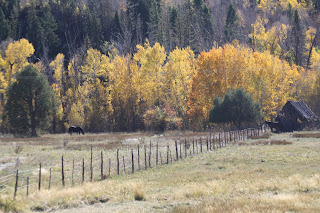Coneflowers are a very easy, drought tolerant, perennial to raise. The look a bit like a daisy, however when the flower starts to appear in mid summer into fall, it has a "cone" like center. The Coneflower is not friends with bugs, but will attract butterflies. As the "cone" dries, birds are attracted to the seeds of the "cone".
The plant requires little water and grows best in full sunlight. From the HOT summer we had this past year, with little water, this beauty did flourish. The petals of the flower remained on the plant for a long time, but you could see the sun had faded the vibrant color it once had.
Coneflowers will grow from 2-4 feet depending on the area it has to grow and expand.
At the end of the season I cut it down to about 2 inches from the ground and cut some of the coneheads to dry, so later I can extract the seeds and grow some more in the greenhouse. I also cut some of the coneheads and dropped in the flower bed to see if they will grow next spring.
The flower comes in a variety of colors, I have mostly pinks and purples.
I also need to mention the cones tend to be sharp and may be more difficult to work with than other flowers, when it comes to extracting the seeds.
 |
| You can see the "cones" of the flowers. |



